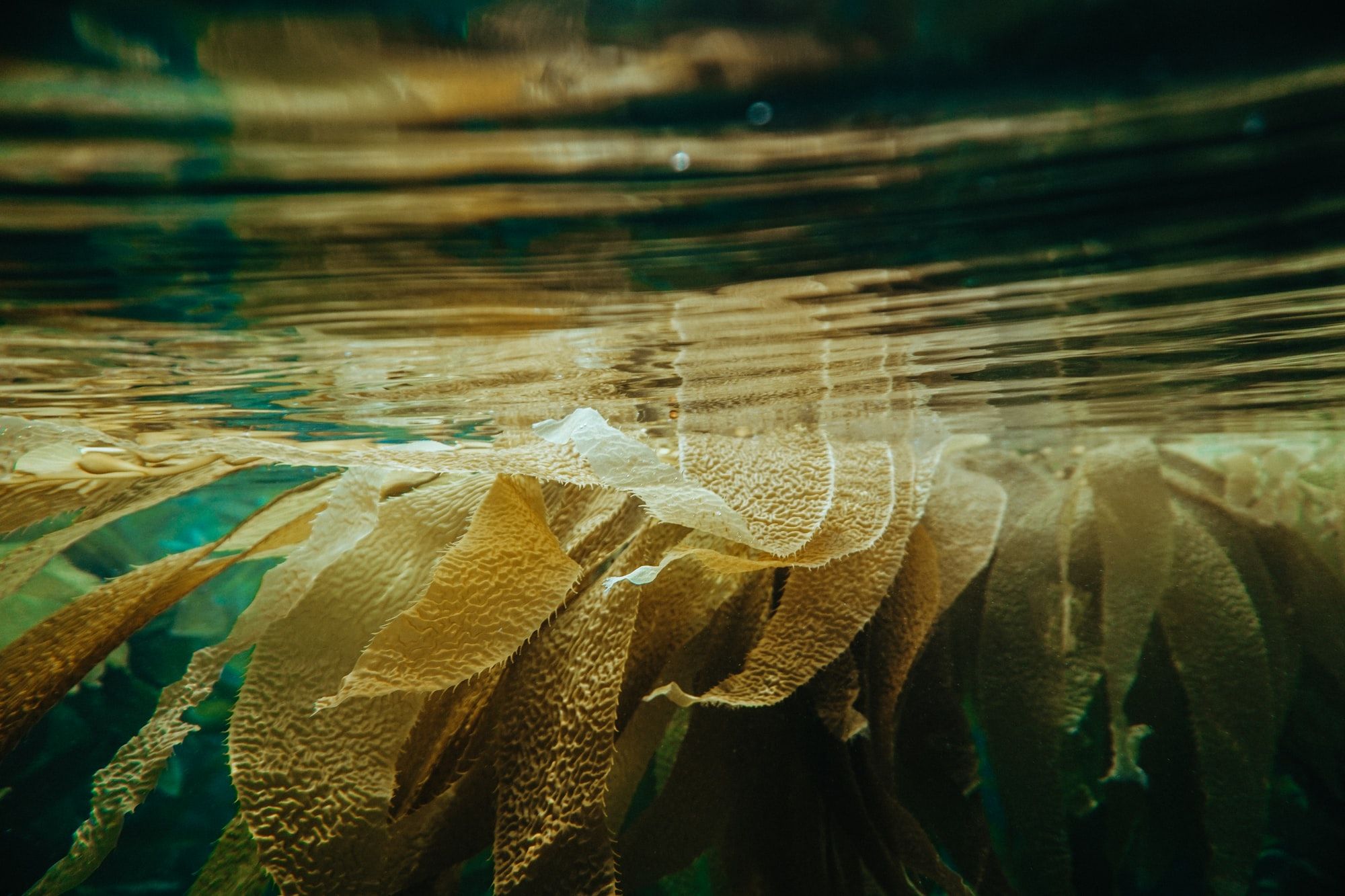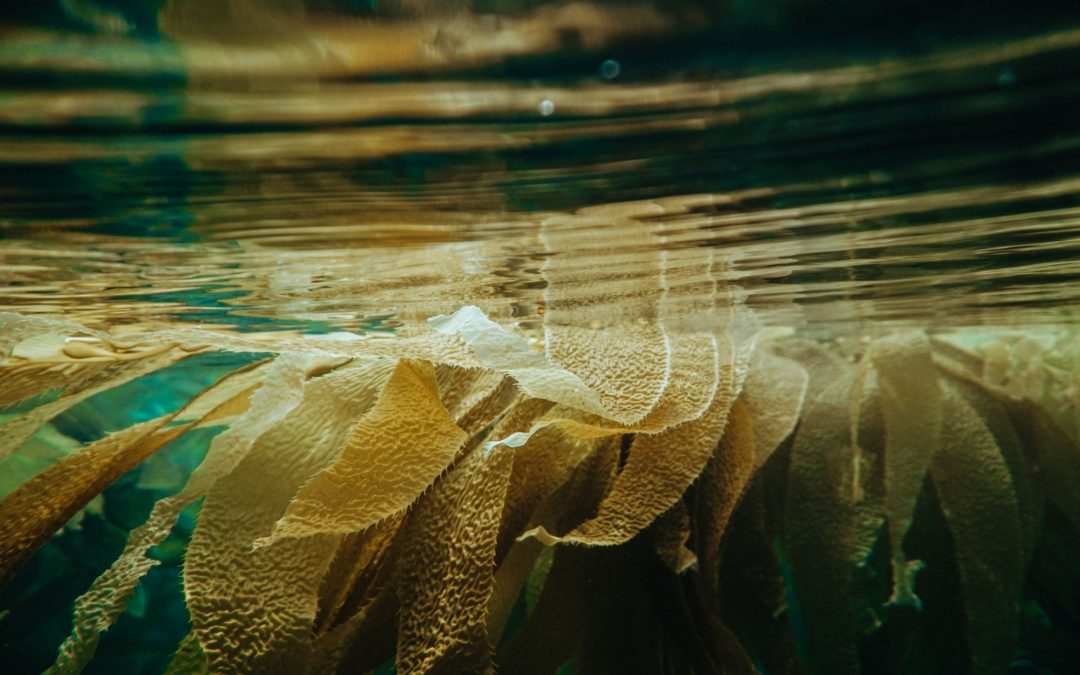
A certain seaweed, called kelp, is vital to sea health in many ways, e.g as nurseries for many species. In these times, one of the seaweed’s characteristics is highly interesting for humanity – its capability to absorb carbon dioxide from the air as it grows. Kelp grows along the coasts of every continent aside from Antarctica. Planting and growing this particular seaweed might be a major key when it comes to capturing and binding the CO2 already in the atmosphere.
A new startup called Running Tide is growing kelp just so they can sink it to the bottom of the ocean. Why you might ask? Well, because kelp that sinks to the seafloor can hold carbon there for centuries. And more so, if the seaweed sinks below 1 000 meters beneath the surface, it’s not coming back up because of the high pressures.
Marty Odlin, the founder of Running Tide explained in an article published in Fast Company that the CO2 will be sequestered for at least a thousand years. Even more likely is that it turns to oil or sediment and is thereby captured, on the geologic timescale, for millions of years, making this method more efficient than tree planting. Once the CO2 is absorbed by the kelp, it is much harder for it to be released again. The CO2 incorporated in trees, on the other hand, can be set free quite easily, for example in a forest fire, making growing seaweed a much “safer” option.
The start-up plants the seaweed by sending out micro-farms into open ocean currents. The currents then carry the micro-farms to the optimal location for the kelp to grow. The company uses biodegradable buoys to transport the kelp offshore. Running Tide plans to sell this process as carbon offsets.
Running Tide was, not long ago, one of eleven winners chosen by a tech company called Shopify. The winners receive a share of the company’s Sustainability Fund, which contains more than five million dollars. Every year, Shopify invests in promising, impactful technologies that address climate change. Stacy Kauk, director of the Sustainability Fund says:
“They’re taking a natural system and optimizing it to increase carbon removal capacity—this has low capital costs when compared to other solutions, with high potential for economies of scale.”
Seeing the start-up has only tested the principals of the concept near shore they now have the means to start testing the concept farther out in the ocean and track the micro-farms to see how they are doing.
It’s amazing how nature works! By working with nature instead of against it, we can help the future come sooner.





